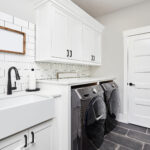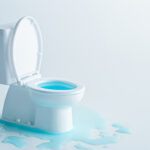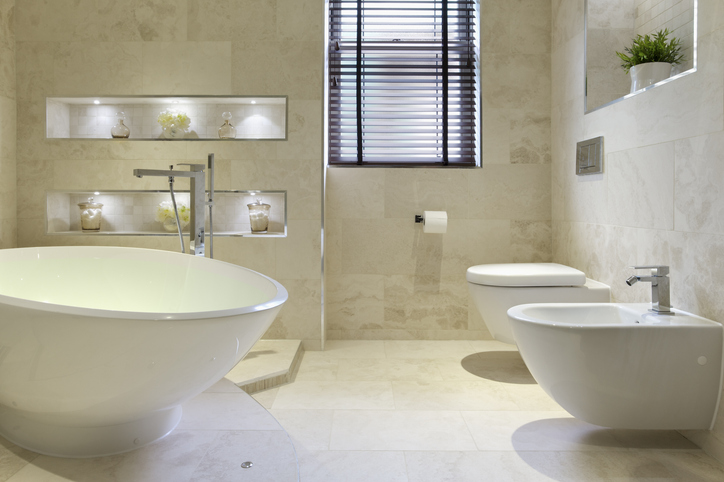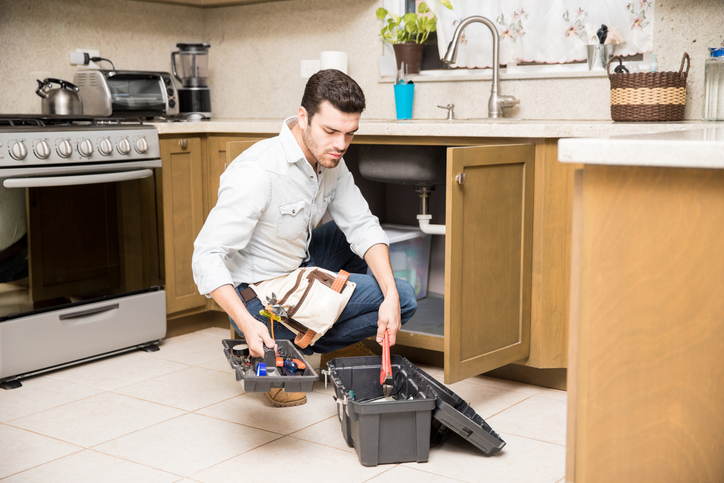When you stack up all the potential plumbing problems you can face as a home owner, low water pressure usually (but not always!) ranks somewhere between “annoying” and “inconvenient,” but it also could be a signal that far more serious problems are at work behind the scenes.
Therefore, anytime you experience low water pressure, it’s always in your best interests to troubleshoot the problem as quickly and thoroughly as you can. For starters, is problem being felt throughout your home or only in a specific location? If it’s the latter, then here are some probable causes that you can easily manage on your own:
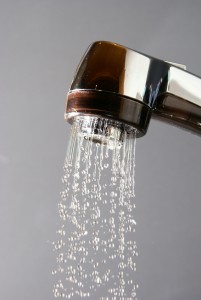 Clogged shower head
Clogged shower head- Dirty or clogged faucet aerator
- A toilet or faucet valve that, for one reason or another, was temporarily turned off and later not fully turned back on.
Simple enough, right? Well, it is if any of the above turns out to be the source of the problem. Otherwise, it might be time to contact Norhio Plumbing so we can investigate additional possibilities, including these:
Sediment inside your water pipes
If you have hard water conditions, your water contains higher than recommended amounts of such minerals as magnesium and calcium. Over time, they can damage your pipes while restricting water flow, thus causing the low water pressure in all or part of your home. If that’s the case, then a dual solution is called for: resolve the immediate low water pressure problem while also softening your water to reduce its mineral content.
Cracked, leaking or broken pipes
All kinds of things can result in damage to your inside or underground pipes, including improper insulation, root invasion, shifting soil, house settling, and more. Any one of those, in turn, can result in low water pressure and probably will necessitate some level of pipe repair or replacement.
If you’re not getting the kind of water flow you want or need, contact Norhio Plumbing today and allow our experienced plumbers to find out exactly what’s going on, and then recommend exactly the right solution.




